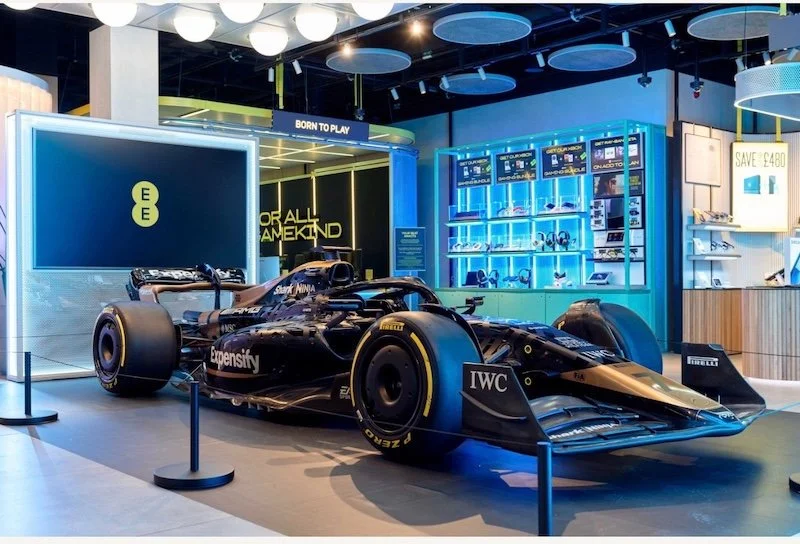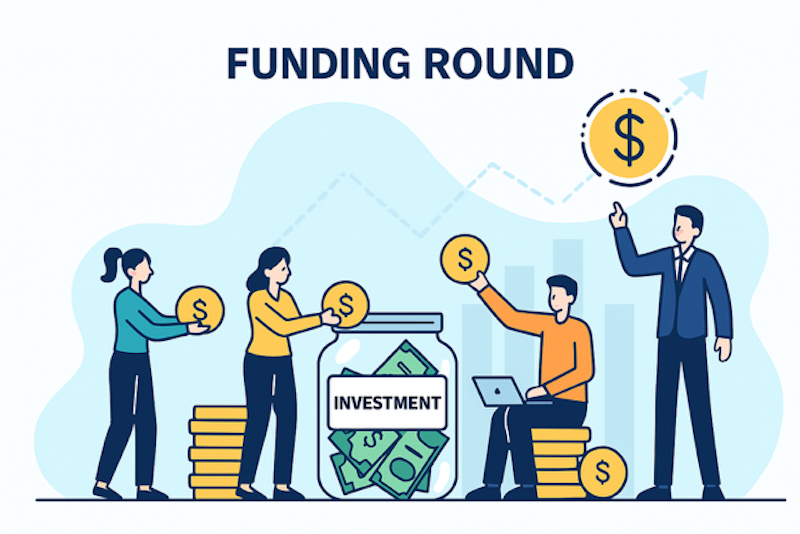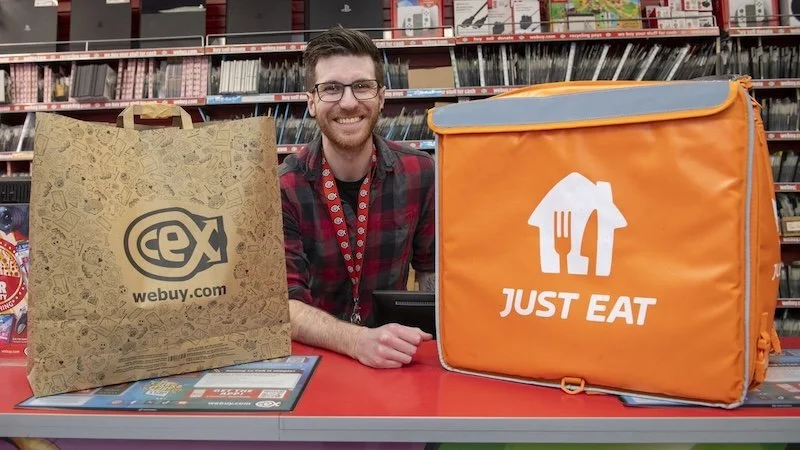Six clever ways customers are subconsciously convinced to click
We often think customers make decisions consciously - comparing options, weighing pros and cons, reading every line. But in actuality, much of what drives someone to click, sign up, or purchase happens subconsciously.
Smart brands know exactly what they're doing. They understand what makes their customer tick and use psychological cues, behavioural nudges, and subliminal visual designs to guide the journey.
Here are six clever but often overlooked ways businesses can encourage clicks, conversions, and action, sometimes without saying a single word.
1. The Power of Colour Psychology
Colour isn't just about aesthetics - it influences how we feel and respond. For example, blue often signals trust and reliability, which is why so many financial services and tech brands use it. Red can spark urgency or excitement, ideal for a limited-time offer or flash sale.
Smart marketers use colour contrast to draw the eye to key elements - think CTA buttons that stand out from the rest of the page. If everything blends in, nothing feels urgent. But when a button pops in a sea of white space, the brain recognises it as a priority.
2. Creating Visual Hierarchy with Layout
Good design helps users make decisions faster. Visual hierarchy ensures that the most important information is often noticed without the user even realising it.
Large, bold headlines, strategically placed images near text, or directional cues (like arrows or people looking toward a CTA) guide attention. People scan before they read. Brands that embrace this create layouts that reward scanning with clarity, not clutter.
3. Using Social Proof
People trust other people. Whether it's a five-star rating, a glowing review, or a testimonial from someone relatable, social proof reassures users that they're making the right choice.
Key selling points include things like ‘2,000+ people have signed up this week’ or ‘As seen on BBC’ can be pretty persuasive. Even without reading every word, trust signals lower perceived risk. It moves the customer a step closer to clicking.
Accreditations, UGC, or simply showing how many others interact with a product - all signal safety, popularity, or shared experience.
4. Applying the Scarcity Effect
We're wired to act when we think something might run out. It's why ‘Only a few left in stock’ gets more attention than ‘In stock now.’ By using scarcity or limited availability, brands create a sense of urgency without overexplaining. This technique is most powerful when used sparingly and authentically.
Customers are smart. If every item says ‘going fast,’ it loses impact. But genuine scarcity, shown at the right moment, taps into a natural desire not to miss out. Countdown timers, limited edition labels, and low stock indicators play on these subconscious triggers.
5. Framing the Offer Differently
The way an offer is presented can completely change how it feels - without altering the offer itself. This is known as framing.
For example, ‘Save £50’ might land differently to ‘Get £50 back.’ The former feels like a discount; the latter feels like a reward. In consumer psychology, people are more motivated to avoid loss than to gain something of equal value.
Framing also applies to how information is ordered. Highlighting benefits before features or placing the most appealing detail first can instantly change a customer's impression.
6. Using Familiar Patterns and Language
People are more likely to click when something feels familiar. This is why certain layouts, button styles, and phrases appear across the web - because they work.
Examples like ‘Add to basket,’ ‘Continue to checkout,’ or ‘You may also like’ aren't particularly creative, but they lower friction by meeting expectations. Users don't need to relearn what a button does or guess what happens next.
Brands that want to stand out often overcomplicate. But familiarity builds trust. The key is to sound like a human and structure the journey the way people already expect it to go.
To Wrap Things Up
Customers don't need convincing in the traditional sense. They need clarity, reassurance, and cues that help them feel confident in their decision.
By paying attention to how people behave, not just what they say, brands can create digital experiences that convert more naturally. Each technique is subtle, but when combined, it reduces hesitation and builds momentum. And the best part? The customer never feels pushed, just guided.
If you’re unsure where to start, consider diving into consumer psychology literature to better understand customer behaviour - or partner with a PPC agency that specialises in Meta and Google Ads in London to optimise your ad performance.































Continue reading…